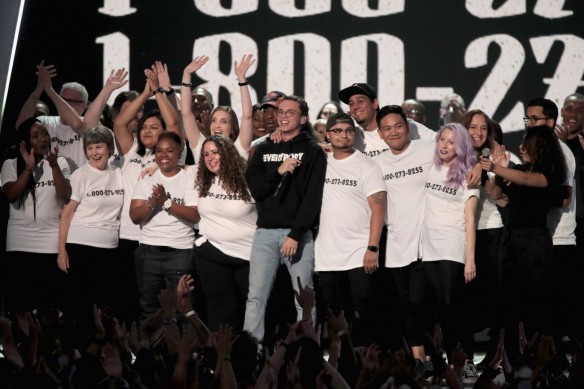Howdy! As we provide different tips and tricks for making your product video well, some audience have sent message to us for help of doing voiceover. So in today’s Concise Tutorial, we have 5 tips to make your voiceover work easy and nicely done. Let’s begin!
1. Start recording before beginning the shoot
Many people may think that if you want to do voiceover, you hit the record button as soon as you start. While it’s quite intuitive, in fact you will lost the first few words if you do so, as our body reacts less than a second later in general. But this little delay will greatly affect the recording, making you stop and do it again.
A better way do the recording is to start recording your voice about 2~3 seconds before you actually start. This will help you start more confortable, as well as the de-noising process mentioned later.
2. Keep your voice in the right style
Well, this needs some skills because most of us are not professional in voicing.
Before you start the voiceover, you need to understand the type and the plot of the video, and what kind of emotion is involved in it.
After you have a thorough look into the video, you can divide the script to different parts if you need to, to keep your voicing style the same in the particular section, and the emotion goes well throughout the whole video.
3. Don’t panic if there’s minor difference from the script
Even the seasoned voice actors can make mistakes in the voicing process, let alone us. But that doesn’t mean you should avoid the mistake all the time.
Sometimes you may notice that some of the words you say don’t match the script, and you will hesitate or immediately stop to request another take to do it well. That will take more time to finish the voiceover.
In fact, if the minor difference doesn’t change the meaning of the original script, or affect the understanding of the plot, just keep going without hesitation – the script just acts like a reference to keep the plot going in a right direction, and doesn’t need to be 100% followed if not specific.
If you do make major mistakes in one of the sections, you can immediately stop, then try to read the whole sentence or section a few more times to make it more fluent, or to understand where you should stress or how fast you should voice it. You literally learn from the mistakes in this process.
4. Remove the noise in the background
OK, now that you have all the tracks voiced, it’s time to do some preparation before inserting the voicing tracks into the video. De-noising, or removing the noise in the background is one of the most important step.
It’s ideal place to do the voiceover is the recording studio where it has better soundproof and equipment that bring less background noises, making the voicing tracks clear and sounds professional. But most of us are unable to do it in the studio, and usually in a closed room with little environment noise. De-noising is now important at this situation.
Most of the sound processing softwares, like Adobe Audition, GoldWave, Audacity and Samplitude, have professional de-noising filters. These filters usually require selecting a section of background noise (usually the 2~3 seconds silence before you start speaking), and start analyze the specification of the noise. When the analyse done, you can select the whole track to start the de-noising process.
Usually the de-noised tracks sounds very clear with the default presets. But if you are not satisfied, you can change some parameters before the whole track de-noising, and see if the result is satisfied.
5. Synchronizing the tracks
With all the tracks ready, you can now insert them into the video editing applications, clip the tracks into pieces and put them in the right place. You can also adjust the speed of the voiceover tracks or the original video if needed, but usually not recommended to do this.
With these 5 tips, you can now understand the voiceover better, and do your own if you have the chance. New skills acquired, yippee!
If you have any questions or want to share your way to manage the videos, just feel free to leave the comment down below. And don’t forget to check out or blog or our official website http://www.polyv.net for more information and useful tips!
See you in the next article, and happy video hosting!

